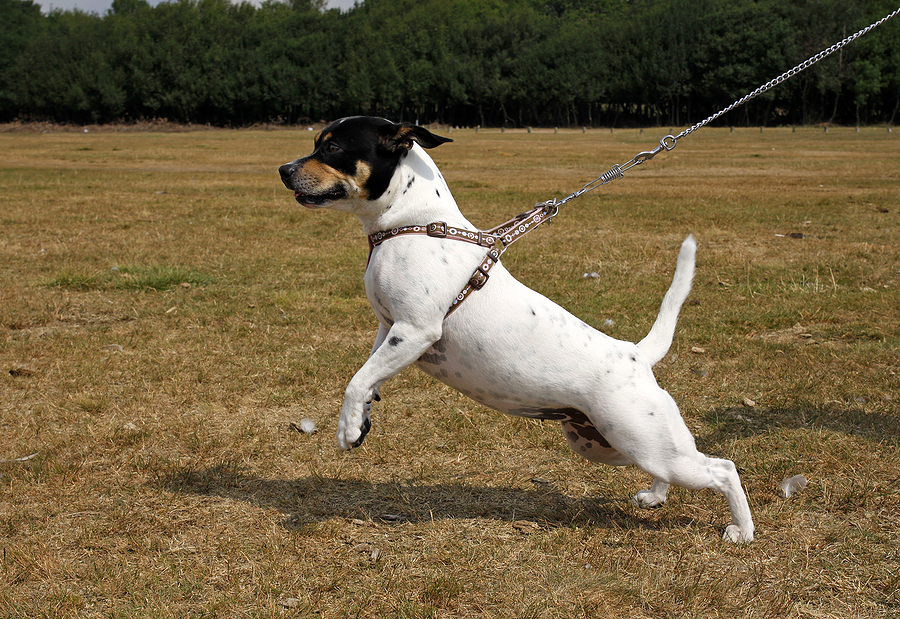When it comes to teaching and training dogs, success depends on being proactive, not reactive. Many dog owners unintentionally wait for unwanted behavior to happen before responding, but by that point, it’s often too late. The dog has already practiced the behavior, and now both human and dog are reacting to the situation rather than thoughtfully navigating it.
Let’s break down what being reactive looks like and how shifting to a proactive approach can change everything.
What Does Reactivity Look Like?
Reactivity in training typically follows this cycle:
- A trigger causes the dog to react (bark, lunge, jump, etc.).
- The owner notices and responds by correcting, pulling the dog away, or giving hurried commands.
- The dog is too overstimulated to listen, and the owner becomes more frustrated.
- Now both dog and human are reactive, and tension escalates—for everyone involved.
This common pattern results in chaos and stress, and it rarely leads to learning.
What Does Being Proactive Look Like?
Being proactive means anticipating your dog’s triggers and guiding them before they react. Here’s how that might play out:
- You spot a potential trigger (e.g., another dog approaching).
- You ask your dog for an incompatible behavior, something they can’t do while also reacting—like searching for treats that have been scattered on the ground.
- You reward that calm, appropriate behavior.
- Over time, your dog begins to learn: “Seeing another dog means a buffet will be tossed on the ground.”
This is how we teach dogs to think before they react. It’s a learned habit—and it starts with us.
A Real-Life Example: The UPS Truck
Let’s compare a reactive and a proactive response:
Reactive Response:
- The UPS truck pulls up.
- You wait to see what your dog will do.
- The dog barks. You yell “No! Stop! Quiet!”
- Now both of you are reactive.
Proactive Response:
- The UPS truck pulls up.
- You immediately begin calmly praising your dog: “Good job, buddy. You’re so calm.”
- You reward your dog for not barking or running to the window.
- Over time, the dog associates the sound of the truck with calm behavior—and your praise.
Why Proactive Training Works
Correcting behaviors after they happen doesn’t teach your dog what to do instead. Think of it this way: If you only tell a child how not to spell a word, without ever showing them the right way, how are they supposed to get it right?
Dogs need to know what behaviors are correct. If you’re only focusing on what you don’t want, you’ll miss countless opportunities to reinforce what you do want.
Teach Your Brain to Look for the Good
Here’s a simple challenge: start noticing the good behaviors your dog is already doing—calmly lying down, looking at you, walking nicely—and tell them how great they are.
If you focus only on what your dog does wrong, that’s all you’ll see. But when you focus on what they do right, those moments multiply.
A Visual Example:
In a famous video experiment, people were asked to count how many times a basketball was passed between players. Most people missed a man in a gorilla costume walking through the scene—because they were so focused on counting the passes.
The takeaway? What we focus on shapes what we see.
What If You Miss the Moment?
If you weren’t proactive and your dog already reacted, don’t join in the chaos by yelling. Instead, be responsive:
- Have a plan for how you’ll handle these situations calmly.
- Know what cues you’ll use.
- Help guide your dog back to a thinking state.
- Stay calm and confident—your dog takes their lead from you.
How to Build Proactive Habits (for You and Your Dog)
- Keep a cup of your dog’s kibble with you throughout the day.
- Reward small moments of good behavior: calmness, attention, stillness.
- Give verbal praise 25 times more than you give a food reward. This trains your brain to look for good—and teaches your dog that good behavior earns attention.
Final Thoughts
Being proactive takes practice—but it can transform your relationship with your dog. Instead of constantly managing chaos, you’ll start enjoying calmer walks, fewer meltdowns, and better communication.
Remember:
- Don’t wait to see what your dog will do.
- Acknowledge the good before the bad even has a chance to show up.
- Praise generously. Be engaged. Be ready.
- Your dog is already offering behaviors you want—you just have to notice and reinforce them.
Proactive training doesn’t just change your dog, it changes you. And that shift can bring more peace, connection, and joy to every moment you spend together.
